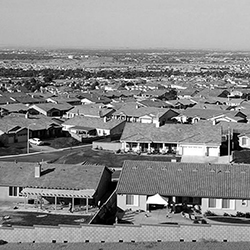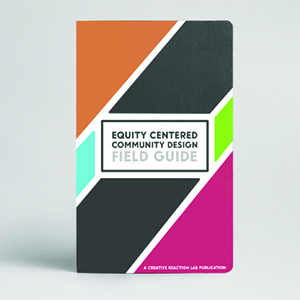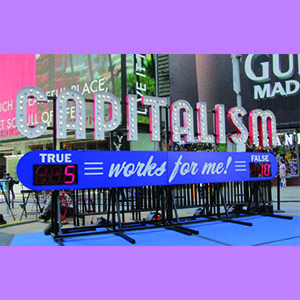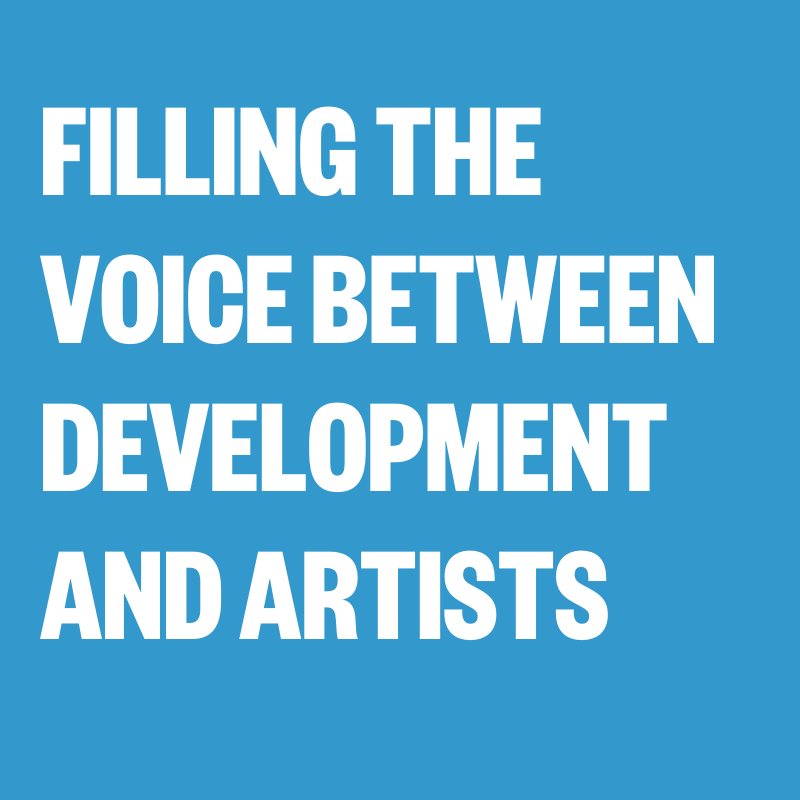DESIGN FOR IMPACT
This booklet documents Enterprise’s beta test of an interdisciplinary outcomes-based design methodology, and illustrates how the process can strengthen design interventions at multiple scales and for specific, targeted purposes.
285
DESIGN MATTERS TOOLKIT
The Design Matters Toolkit was developed from learnings and research stemming from Enterprise's Affordable Housing Design Leadership Institute. Through interviews with developers, funders, architects and policy members, they identified key practices to yield a more people-focused development process that produces better projects for residents and communities.
ENTERPRISE RESOURCE CENTER
Visit the hub for Enterprise's online toolkits, research, and more. Here you will find culture & creativity toolkits, Rose Fellowship documentation and records, webinar archives, and tools to guide you in the fields of housing, health, and recovery.
EQUITY-CENTERED COMMUNITY DESIGN FIELD GUIDE
Created by Creative Reaction Lab, this field guide is a unique creative problem solving process based on equity, humility-building, integrating history and healing practices, addressing power dynamics, and co-creating with the community. This design process focuses on a community’s culture and needs so that they can gain tools to dismantle systemic oppression and create a future with equity for all. Creative Reaction Lab’s goal is to share equity-centered design to achieve sustained community health, economic opportunities, and social and cultural solidarity for all.
EXPLORING THE ROLE OF ARTISTS IN CREATING A MORE JUST AND SOCIAL PUBLIC
As a long-time activist and co-founder of the Boston-based Design Studio for Social Intervention (DS4SI), Lori Lobenstine discusses making meaning and creating change in the public sphere through the integration of social justice strategies with art, design thinking, and social practice. Offering several examples from DS4SI’s own work as well as other domestic and international examples, she describes the creation of an energetic, new, third space—one where activists and artists come together with a shared understanding of the powerful possibilities for creative social interventions that can shift “small-c culture” and create change at the scale of the public. The paper applies a theoretical framework to understand how artists’ use of “productive fictions,” “elegant gestures,” humor, and surprise can interrupt social norms, helping people imagine new solutions to complex social problems. In this integrated work, Lobenstine and DS4SI promote “small-d democracy,” in which people can exercise their interest in and ability to impact the parameters of daily life through art and design.
FILLING THE VOICE BETWEEN DEVELOPMENT AND ARTISTS
This is the fourth installment of Enterprise's Creative Placemaking webinar series where they talk with practitioners who were able to bridge the gap between development and artists. In this webinar they discuss with practitioners in the field how they were able to bridge the connection between development and artists through identifying resources and making the case for including the work in the budget.










